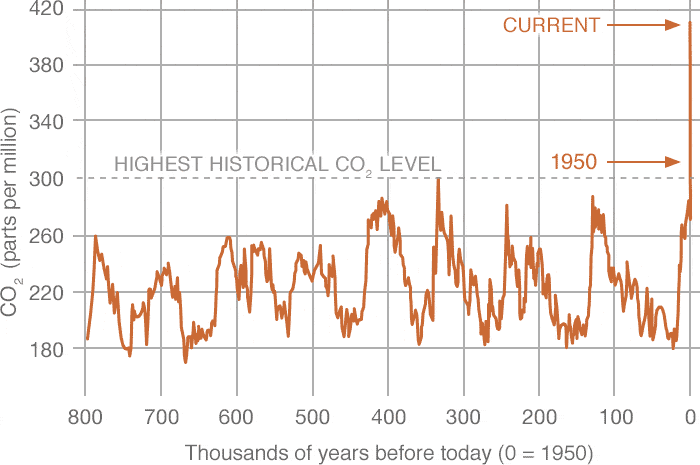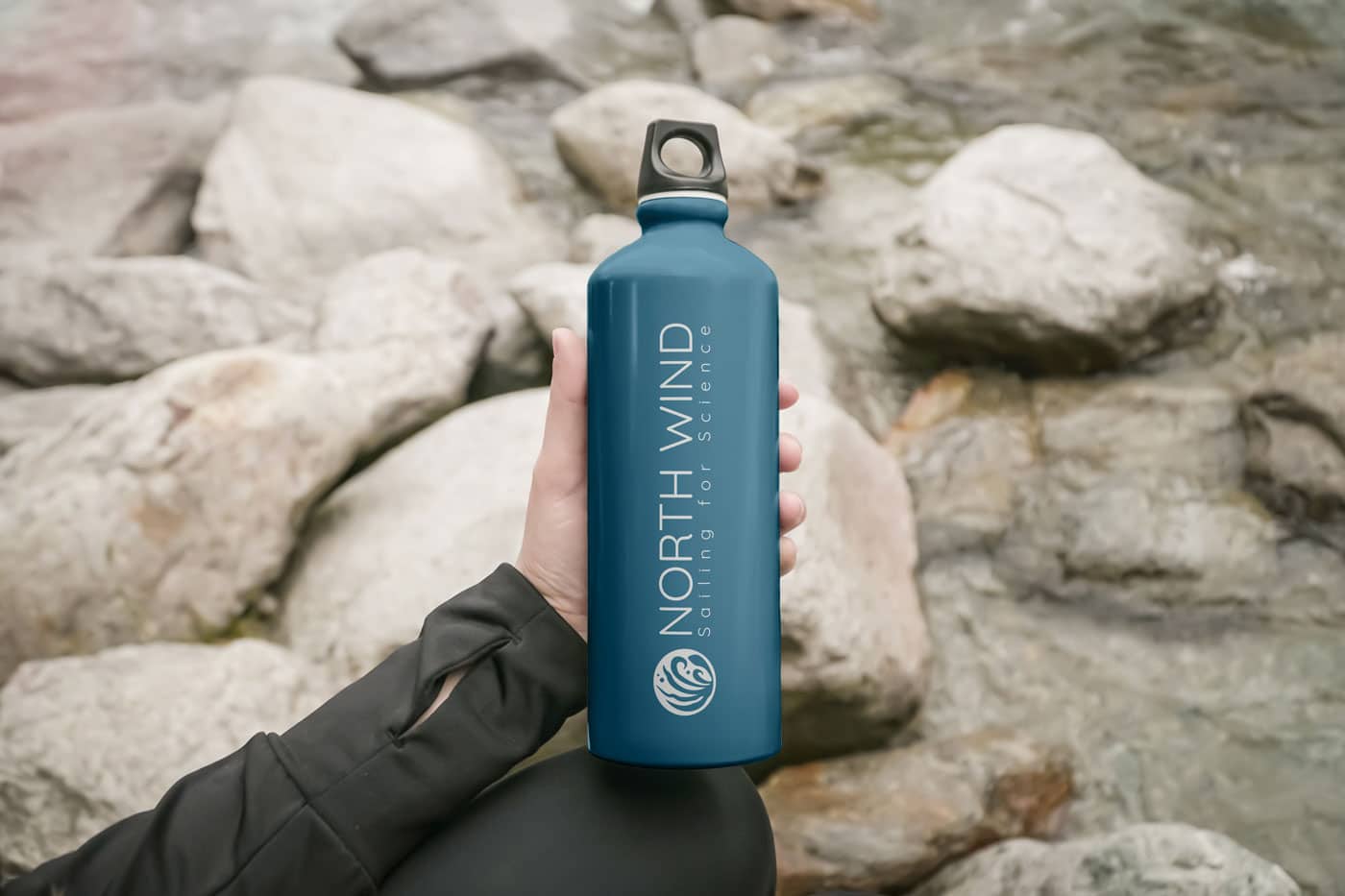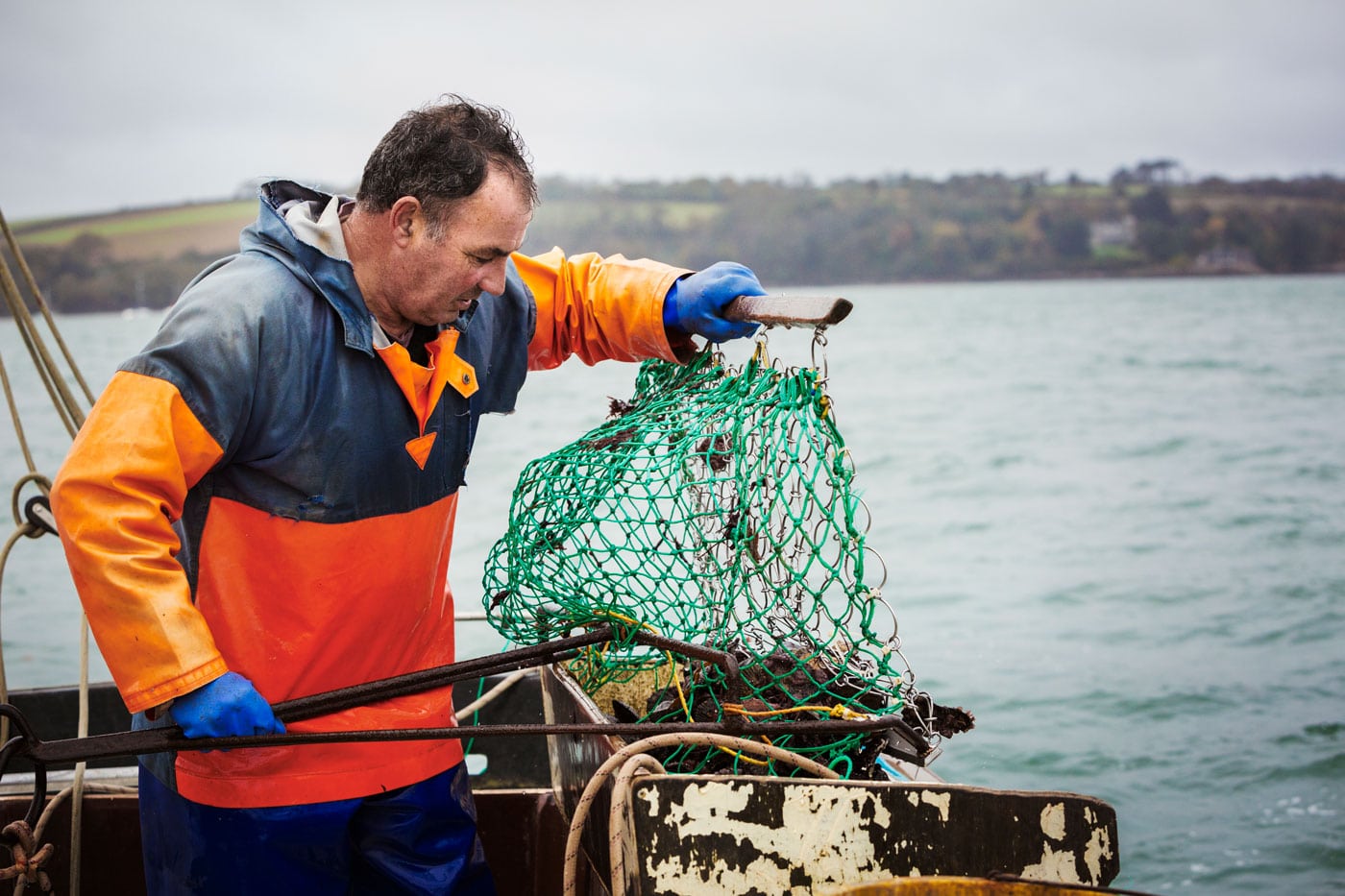Embracing sustainability
Why we know climate is changing due to human activities?
Carbon dioxide (CO2) is an important heat-trapping (greenhouse) gas,
which is released through natural processes such as respiration and
volcanic eruptions, as well as human activities such as deforestation and burning fossil fuels.
It is true that CO2 concentration has been oscillating throughout Earth´s history. But…CO2 levels registered in the last decades have never been achieved before. This points to CO2 emissions derived from the burning of fossil fuels are contributing to such a huge values.
The high concentrations of CO2 in the atmosphere is probe to cause
warming on Earth´s surface, promoting not only hot seasons to be
amplified but also modifying the way the ocean regulates Earths climate.
And if the ocean “don´t work”, be ready for extreme events to come.
May be it is time to think differently!
(source: NOAA; https://climate.nasa.gov/vital-signs/carbon-dioxide/)


Want to know CO2 levels in real time?
Future effects of climate change
- Temperatures will increase constantly.
- Sea level will rise 0.3-3.4 m by 2100.
- More droughts and heat waves (consequently more fires).
- Changes in precipitation patterns.
- The lenght of the season will be modified thus promoting alterations on fisheries and agricultural activities.
Being sustainable: your choices matter
1. Cut back on single-use plastic
Use reusable coffee cups and shopping bags instead of single-use ones.
Reusable silicone bags and other durable containers can replace single-use plastic sandwich bags.
Also, choose products with less plastic packaging and support businesses that are working to reduce their plastic waste.


2. Choose sustainable seafood
If you live near the coast, explore if local fishermen are selling sustainable seafood. You’ll be rewarding the fishermen leading the way on ocean health and get to enjoy local species that are in season.
Remember that when you go to buy fish they must be properly labeled in order to know where it´s from and how it was caught or farmed. It is your choice!
3. Choose the way you move and stay
Transportation is the single largest source of greenhouse gas emissions around the world, which means it’s a big opportunity for improvements. We propose you some tips: may be you can use more your beautiful bicycle, you can share your car with colleagues to go to work instead of driving alone, or may be you are on disposal of reducing your plane trips.
Moreover, it is time to think about our houses. With simple steps like washing laundry in cold water or adjusting your clothing layers before reaching for the thermostat you may contribute highly to reduce the amount of energy consumed.


4. Reduce your carbon footprint
Everything we consume has a carbon footprint, including the food we eat, the clothes we wear and other things we buy. That’s why there’s a growing movement of people committing to consume less.
Refuse, reduce, recycle — in that order. Choose well-made reusables over
single-use items. Purchase only what you need (secondhand if possible), make it last, and use it up before you buy more.
There are a lot of things we can do for the environment at a personal level but nothing more important than raising our voices to ensure those who manage the world really act NOW!

